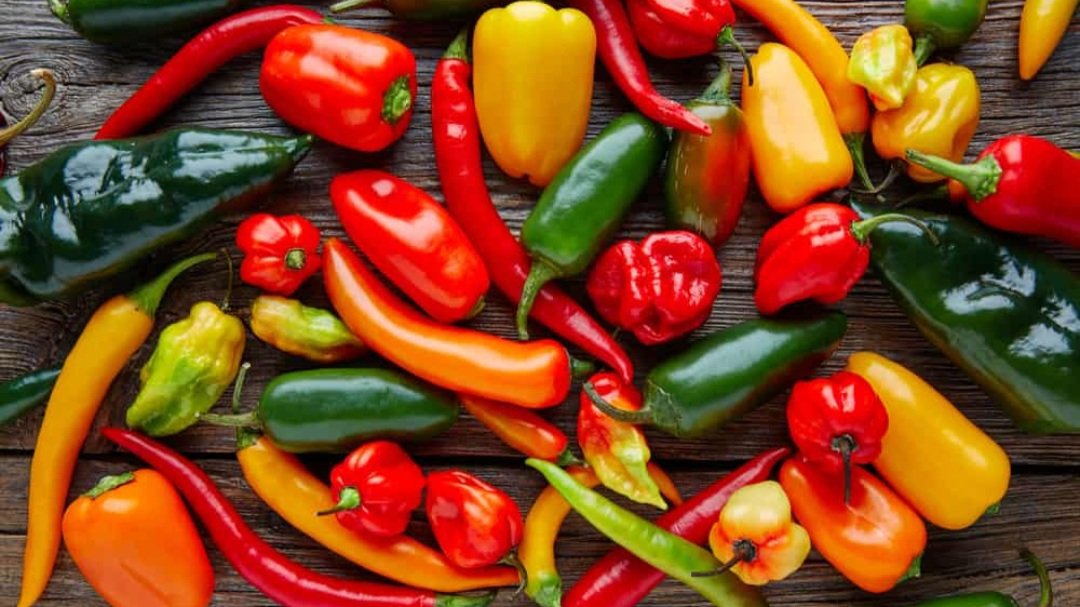
Interesting Pepper Facts
Peppers belong to the Capsicum genus and are part of the nightshade family, which also includes tomatoes, potatoes, and eggplants.
There are over 4,000 varieties of peppers worldwide, ranging from sweet to extremely hot.
The heat of peppers is measured on the Scoville scale, named after Wilbur Scoville, who developed a way to quantify spiciness in 1912. Bell peppers score 0 on the scale, while the Carolina Reaper, one of the hottest peppers, can reach over 2 million units.
Capsaicin, the compound that gives hot peppers their heat, has unique properties, including pain relief and potential metabolic benefits.
Peppers can be eaten raw, cooked, pickled, or dried, and they're commonly used in sauces, salsas, and a variety of cuisines around the globe.
Sweet peppers are rich in vitamins A and C, providing significant health benefits such as boosting the immune system and promoting healthy skin.
Interestingly, the color of a pepper often indicates its maturity. Green peppers are harvested early, while their colored counterparts (red, yellow, or orange) are fully ripe and sweeter.
Peppers can cross pollinate, which means planting different varieties close to each other can result in hybrid peppers with unique flavors and heat levels.
The largest pepper harvests in the United States occur in California, where the climate is ideal for growing many varieties, including jalapeños and bell peppers.
In addition to culinary use, peppers have been utilized for medicinal purposes by various cultures throughout history, including for treating digestive issues and inflammation.
